Selecting the right chemical pump is a critical decision that impacts the safety, efficiency, and longevity of your fluid transfer system. With countless options on the market, understanding the key factors involved is essential to avoid costly errors and operational failures. This guide will walk you through the most important considerations to help you make an informed choice.
Step 1: Understand the Chemical and Its Properties
Before you even look at a pump, you must thoroughly understand the fluid you're moving. This is the single most important factor.
-
Chemical Composition and Compatibility: What is the chemical? Is it an acid, a base, a solvent, or a slurry? You need to know its exact composition to ensure the pump's materials of construction (MOC) are chemically compatible. Using an incompatible pump can lead to rapid corrosion, material degradation, and dangerous leaks. Consult a chemical compatibility chart for various materials like PVDF, PTFE, stainless steel, and others.
-
Viscosity: How thick is the fluid? Water has a low viscosity, while syrup or heavy oils have high viscosity. A centrifugal pump is great for low-viscosity fluids, but a positive displacement pump (like a gear or diaphragm pump) is often required for high-viscosity liquids.
-
Temperature and Specific Gravity: The temperature of the fluid can affect its viscosity and corrosivity. A pump rated for room temperature may fail when handling a hot chemical. Similarly, specific gravity (the density of the fluid) is needed to calculate the pump's required horsepower and total head.
Step 2: Define Your Application Requirements
Once you know the chemical, you need to define what the pump needs to do.
-
Flow Rate and Head: How much fluid do you need to move, and how far? The flow rate (gallons per minute, liters per hour, etc.) and the total head (the total vertical and friction-related distance the fluid must travel) are the two core performance metrics for any pump. Be precise with these numbers.
-
Operating Conditions: Will the pump run continuously or intermittently? What is the ambient temperature and environment like? Will the pump be indoors or outdoors? This helps determine features like motor enclosures and overall durability.
-
Solids Content: Does the fluid contain any solid particles or slurries? If so, you'll need a pump specifically designed to handle abrasives, as a standard centrifugal pump will quickly wear out.

Step 3: Evaluate Pump Technology and Design
Now that you have all the data, you can narrow down the type of chemical pump that is best for your application.
-
Centrifugal Pumps: These are a very common choice for low-viscosity, non-abrasive fluids with high flow rates. They use a rotating impeller to create kinetic energy, which moves the fluid.
-
Positive Displacement Pumps: These pumps transfer a fixed amount of fluid with each cycle. They are excellent for high-viscosity fluids, high-pressure applications, and accurate metering. Examples include diaphragm pumps, gear pumps, and peristaltic pumps.
-
Magnetic Drive Pumps (Mag-Drive): These are a type of sealless pump, which is a major advantage when handling hazardous or corrosive chemicals. The impeller is driven by magnetic force, eliminating the need for a mechanical seal and the risk of leaks. They are a top choice for safety-critical applications.
-
Air-Operated Double Diaphragm (AODD) Pumps: Known for their versatility and robust design, AODD pumps are ideal for a wide range of fluids, including slurries and viscous liquids. They are powered by compressed air and are often used in demanding environments.
Step 4: Consider Safety, Maintenance, and Cost
Finally, think about the long-term implications of your choice.
-
Sealed vs. Sealless Pumps: A pump with a mechanical seal will eventually leak and require maintenance. A sealless pump, like a mag-drive model, eliminates this risk, making it safer for hazardous materials but often at a higher initial cost.
-
Maintenance and Repair: Consider the availability of spare parts and the complexity of maintenance. A pump that is easy to service can save you significant time and money over its lifespan.
-
Total Cost of Ownership: Don't just look at the purchase price. Factor in the cost of energy consumption, routine maintenance, and potential downtime. A more expensive pump with higher efficiency and lower maintenance needs might be the most economical choice in the long run.
By following these steps, you can confidently select a chemical pump that not only meets your operational needs but also provides a safe, reliable, and cost-effective solution for your fluid transfer challenges.

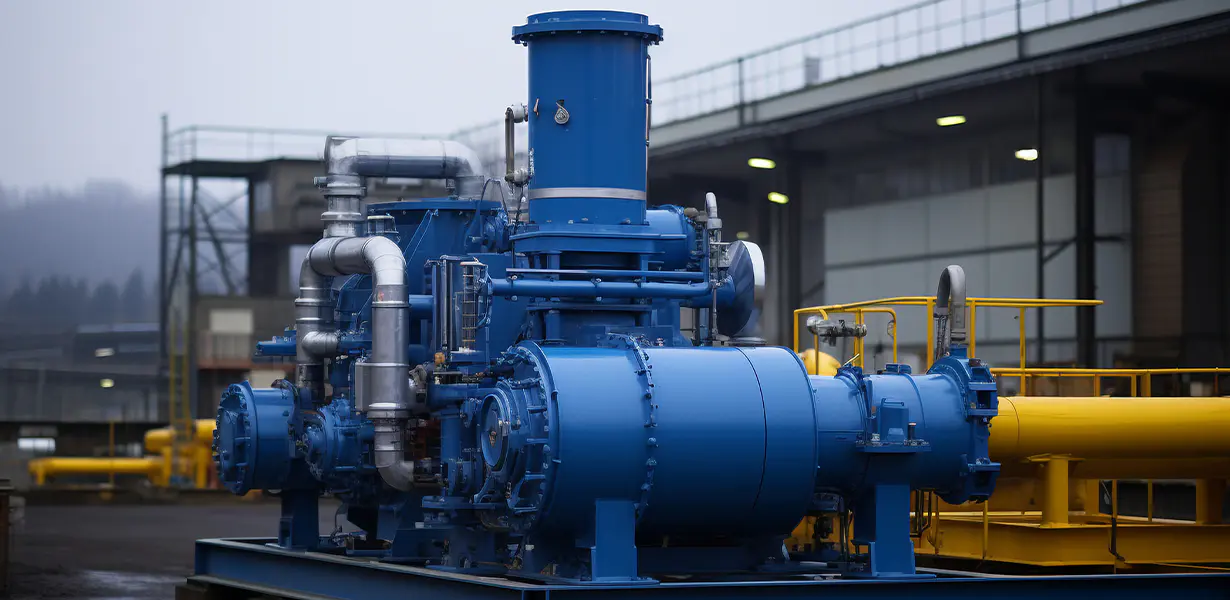
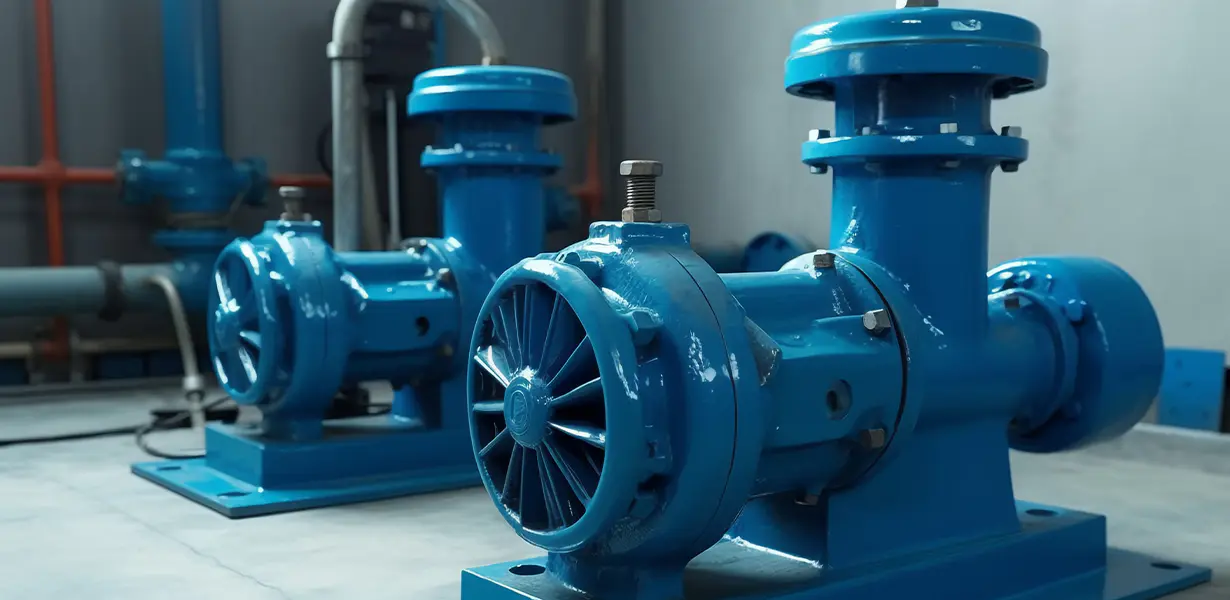
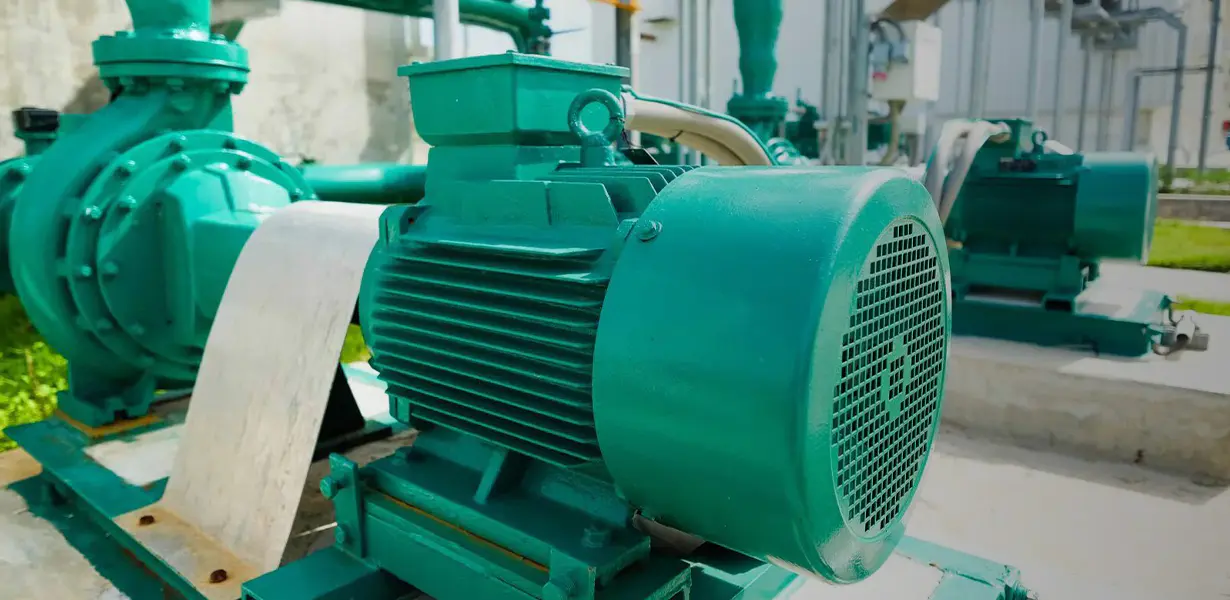
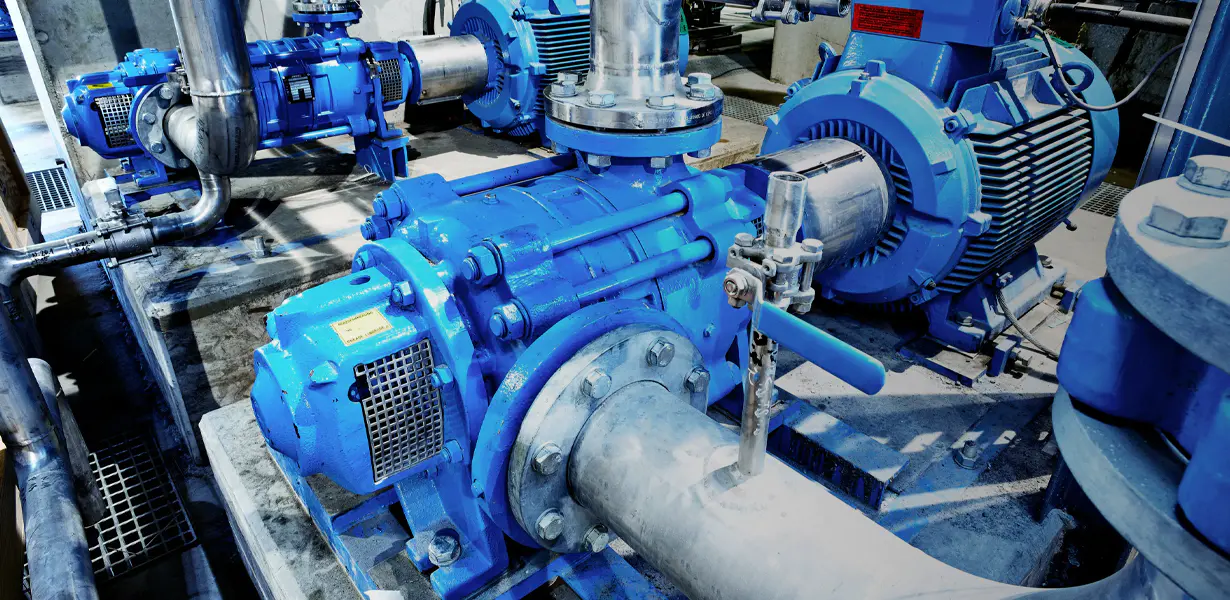
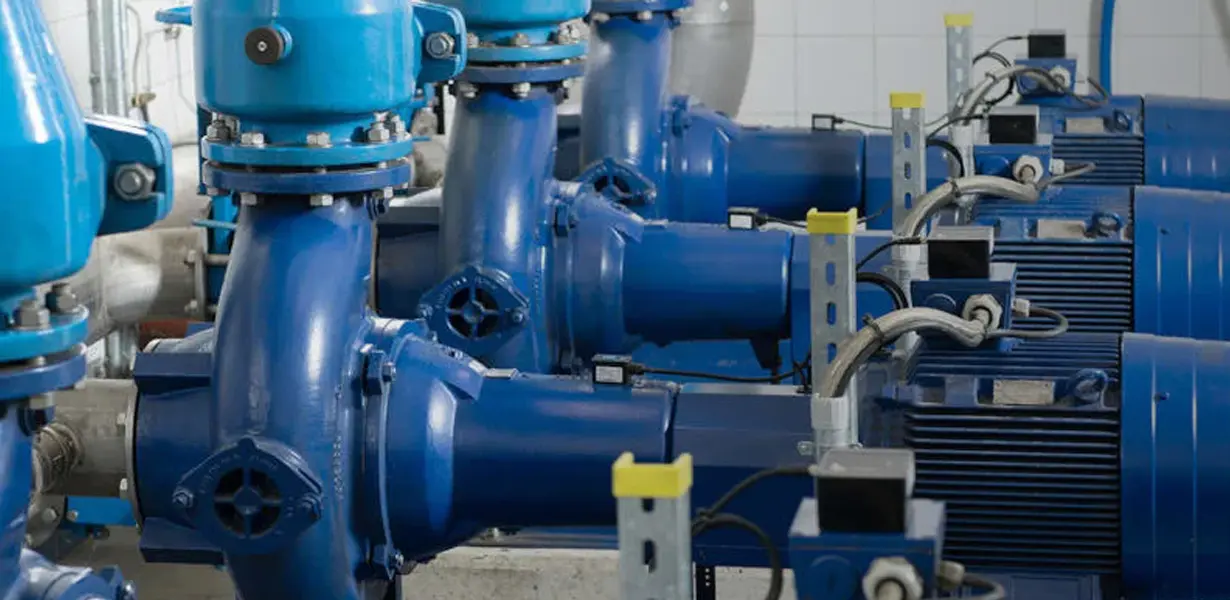


 English
English русский
русский Español
Español Français
Français












